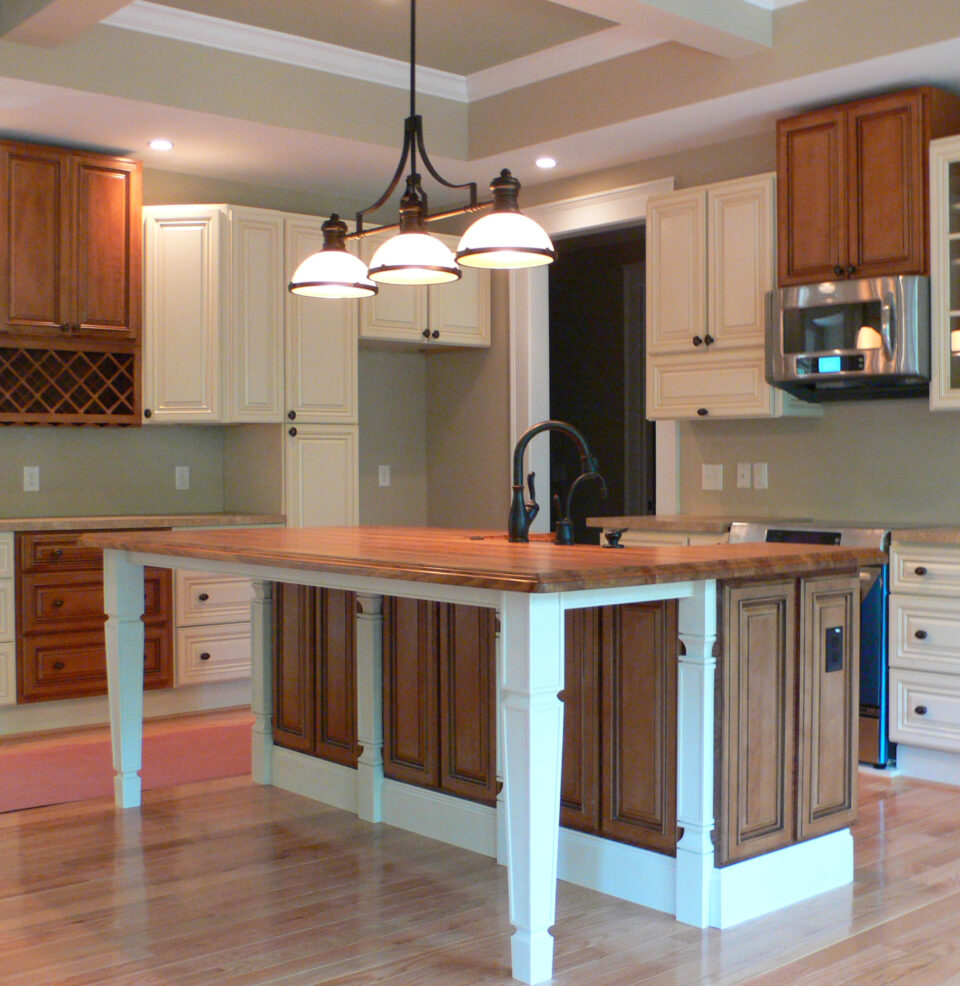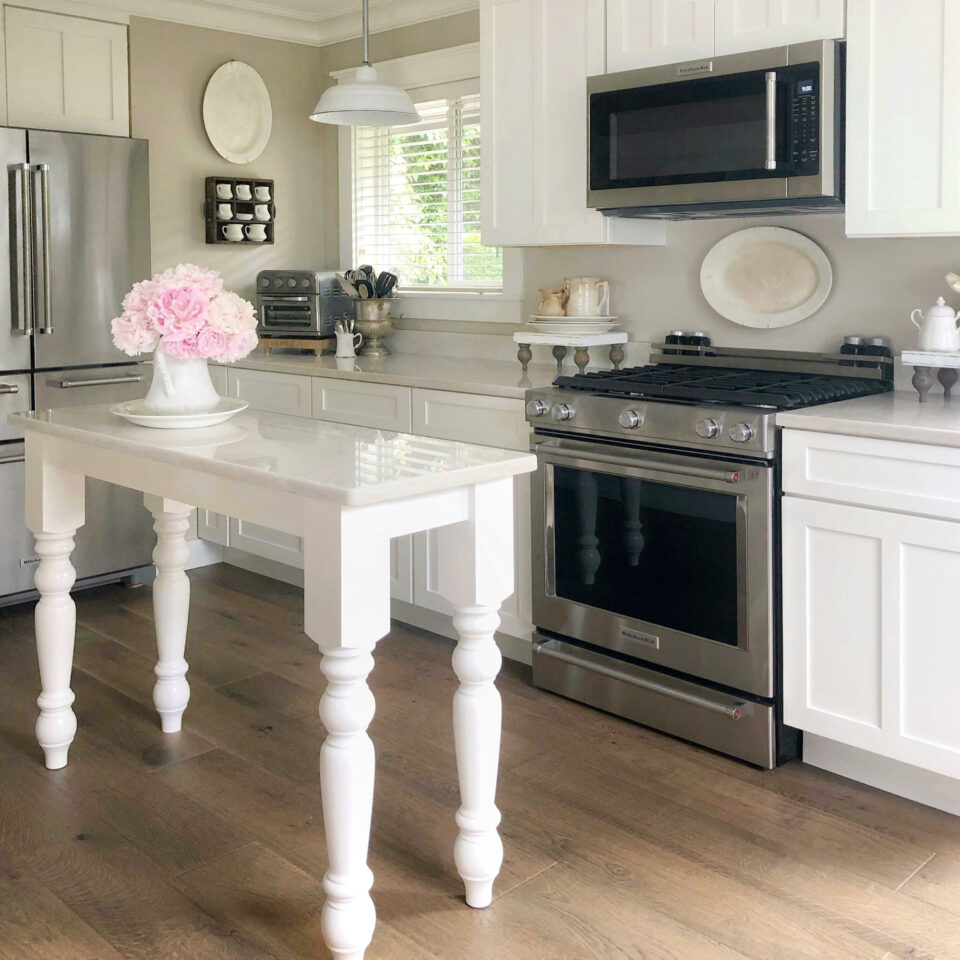Transform Your Room with Cutting-edge Kitchen Island Leg Styles
Transform Your Room with Cutting-edge Kitchen Island Leg Styles
Blog Article
The Significance of a Sturdy Cooking Area Island Leg in Producing a Functional Cooking Location
A strong kitchen island leg serves as an essential element in establishing a useful food preparation setting, providing necessary assistance for both the counter top and numerous cooking area tasks. As cooking areas evolve right into multifunctional areas for food preparation, eating, and socializing, the option of materials and design considerations for island legs becomes increasingly essential.
Benefits of Sturdy Island Legs
Providing necessary support, tough cooking area island legs play a crucial role in enhancing the functionality and resilience of kitchen area islands - kitchen island leg. These legs not only birth the weight of the countertop and any extra things put on the island, yet additionally contribute to the total stability of the structure. A well-supported kitchen island makes certain that it continues to be upright and functional, even under heavy use, which is especially essential in busy kitchen atmospheres
Additionally, strong island legs can boost the visual appeal of the kitchen area. They offer a solid framework that can match different style styles, from modern-day to conventional. This adaptability enables home owners to tailor their cooking area islands according to personal taste while ensuring that the structural integrity stays uncompromised.
In addition to their supportive duty, durable cooking area island legs can additionally enhance security. Eventually, investing in durable cooking area island legs is crucial for a functional and visually pleasing cooking area.
Materials for Kitchen Island Legs
When choosing products for cooking area island legs, toughness and visual allure are critical factors to think about,. One of the most typical products consist of wood, metal, and crafted wood, each offering one-of-a-kind benefits.
Wood, such as maple, cherry, or oak, is a timeless choice as a result of its toughness and ageless elegance (kitchen island leg). It can withstand considerable weight and is immune to put on, making it ideal for high-use kitchen area environments. In addition, wood can be discolored or repainted to match various kitchen area styles
Steel legs, often crafted from stainless-steel or wrought iron, supply a commercial and contemporary appearance. They are exceptionally strong and can support considerable loads while being immune to moisture and heat, which is advantageous in a cooking location. Steel legs can likewise be conveniently cleaned, improving their functionality.

Design Considerations for Stability
The option of materials for cooking area island legs straight influences the design factors to consider for security. When creating a kitchen island, it is paramount to evaluate the weight-bearing capacity of the chosen materials. Larger materials, such as solid timber or steel, normally supply higher stability, particularly under the stress of everyday usage.
Additionally, the leg style must integrate proper geometry to boost security. A broader base enhances the support location, minimizing the danger of tipping or wobbling. Factor to consider ought to likewise be offered to the elevation of the legs; disproportionate leg lengths can result in imbalance, compromising the general stability of the island.
Furthermore, the distribution of weight throughout the island is vital. Making sure that the leg positioning straightens with the heaviest elements, such as devices and kitchen counters, will additionally enhance security.
Maintenance Tips for Durability

Depending on the product of the legs-- whether timber, steel, or composite-- appropriate cleaning methods ought to be used. Steel legs may require a light polish to prevent corrosion and preserve their appeal.
Additionally, tightening bolts and screws on a regular basis can guarantee security and protect against wobbling. If the kitchen area island experiences hefty use, consider Related Site strengthening the legs with additional brackets or supports to boost toughness. Using a protective coating or sealer can secure against dampness and stains, prolonging the life expectancy of the legs. By complying with these maintenance ideas, homeowners can ensure their kitchen area island legs remain useful and durable for many years to come.
Choosing the Right Leg Design
Normal upkeep makes certain that cooking area island legs continue to be tough and practical, but choosing the best leg design is just as vital for both looks and support. The selection of leg style can significantly influence the general style and harmony of your kitchen.

Performance is an additional critical element. Thicker legs or those with a sturdy base can sustain larger kitchen counters and devices, enhancing the island's utility. Alternatively, slim legs might create a ventilated look, ideal for lighter layouts but potentially much less helpful.
Final Thought
In summary, the value of tough kitchen island legs can not be overemphasized in the development of a functional food preparation location. These legs supply important support, boost stability, and add to the overall aesthetic of the kitchen area. By very carefully choosing ideal products and designs, in addition to carrying out correct maintenance practices, the longevity and effectiveness of cooking area islands can be made sure. Ultimately, buying robust island legs is fundamental to accomplishing a efficient and secure cooking atmosphere.
A strong kitchen island leg serves as a fundamental part in establishing a functional cooking setting, providing necessary assistance for both the kitchen counter and various kitchen area tasks.Giving crucial assistance, durable kitchen area island legs play a critical function in boosting the capability and toughness of kitchen islands. Eventually, investing in durable kitchen find more information area island legs is important for a functional and visually pleasing cooking location.
Factor to consider must additionally be offered to the height of the legs; out of proportion leg lengths can lead to inequality, endangering the overall security of the island.
Wooden legs offer heat and a timeless look, while metal legs use a commercial and modern-day feel.
Report this page